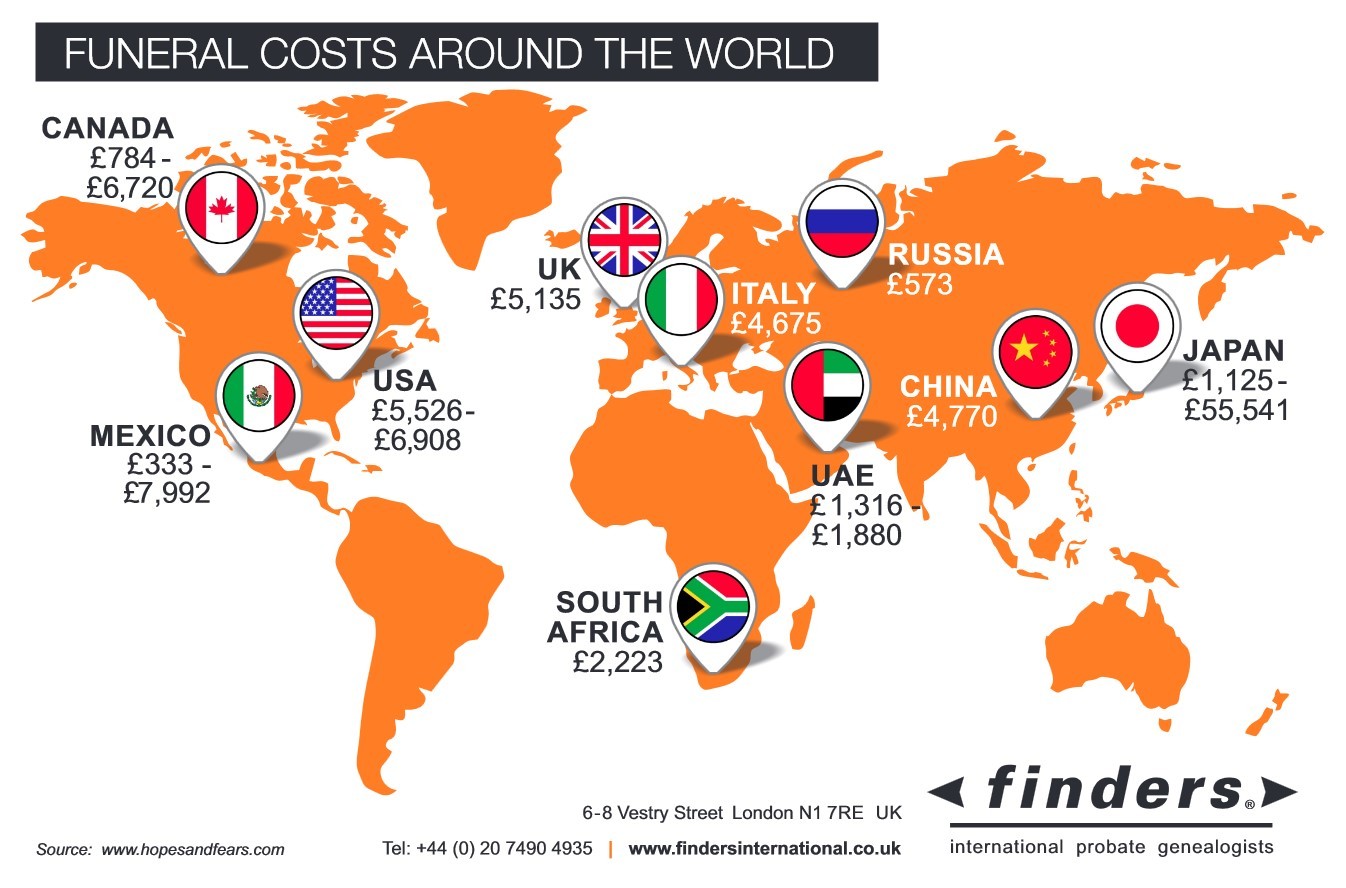There’s a new issue in town – rising funeral poverty. The increased costs of funerals coupled with the decline in value of state aid means that more people than ever are finding it hard to meet the costs of funerals.
A recent Guardian newspaper article focused attention on the issue. The average cost of a funeral in the UK is now more than £3,500, while state aid for funerals (the social fund funeral payments) has been frozen at the level of £700 for the past 13 years.
A so-called “no-frills” funeral will cost at least £1,200 – meaning that even the most basic funeral could be out of the reach of some sections of the population.
The work and pensions select committee looking into the issue has recommended that the Department of Work and Pensions (DWP) “should follow the lead of the Scottish Government and conduct a broad review of burials, cremations and funerals”.
The committee recommends that the DWP negotiates and agrees the “reasonable cost” of a simple funeral with the relevant industry bodies to help reduce funeral poverty. They have recommended that the capped element of the payment should be index-linked to match the rising costs of funeral director fees.
The committee found that families often had to borrow money from payday lenders to cover the full costs of a funeral and in one case, a family were not given their relative’s ashes because they were unable to afford the final payment. In another case, a mother was forced to freeze the body of her son for months while she saved up to meet the costs of the funeral.
In addition, the committee says the approach to support is outdated – when it comes to the children of widowed parents, the benefit is only paid if the parents were married. This should be addressed urgently.
It said the reported rise in so-called “pauper’s funerals” – where local authorities are obliged to arrange a burial or cremation if no relative is able to pay for it – may be a consequence of the declining value of social fund funeral grants.
At present, the social fund funeral payment is only available to people who have no-one “close” to the deceased person who could pay for the funeral. While deeming this appropriate, the committee points out that eligibility then depends on a “subjective assessment of interpersonal relationships” before any assessments are made.
The application for the funeral payment is 23 pages long and it requires a final bill from the funeral director. The bereaved person needs to commit to the expense before they know for sure if they will receive the payment.
Frank Field MP, chair of the committee, said that the committee had not set out to look into the funeral industry, but it had soon become clear that the interaction “between an opaque and outdated public system of bereavement support and a market in funeral services which simply does not operate ‘normally’ is causing problems”.
He quoted a Royal London estimate that put the costs of funerals rising at 3.9 percent in 2014-15 alone – whereas social fund payments had not increased since 2003.
From April 2017, the Government proposes to replace the social fund funeral payment system with one benefit – the Bereavement Support Payment (BSP). The current proposals do not extend that payment to cohabiting couples.
A recent website article rounded up the stats about approximate costs of funerals around the world and it makes fascinating reading.

